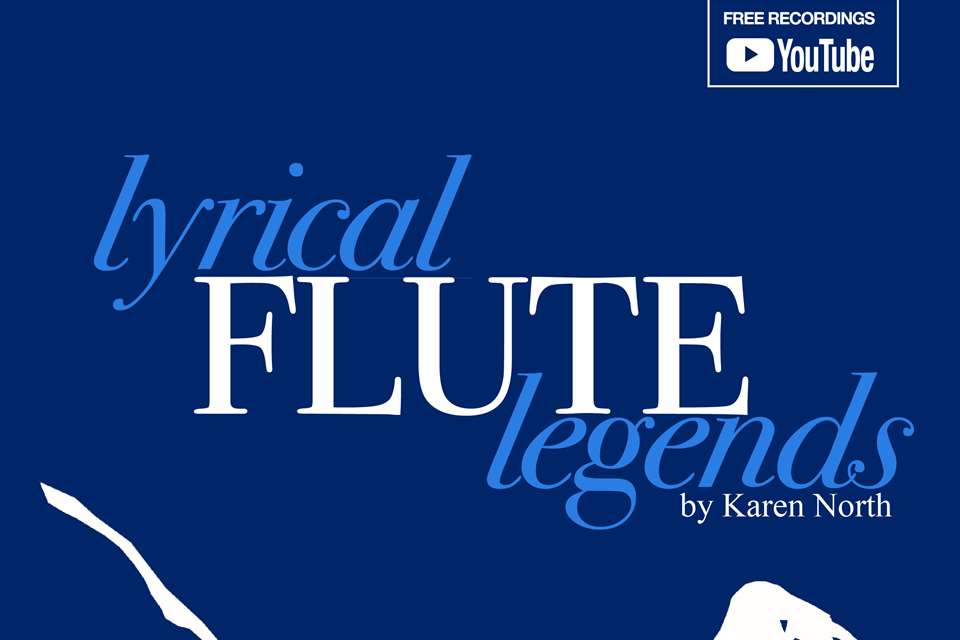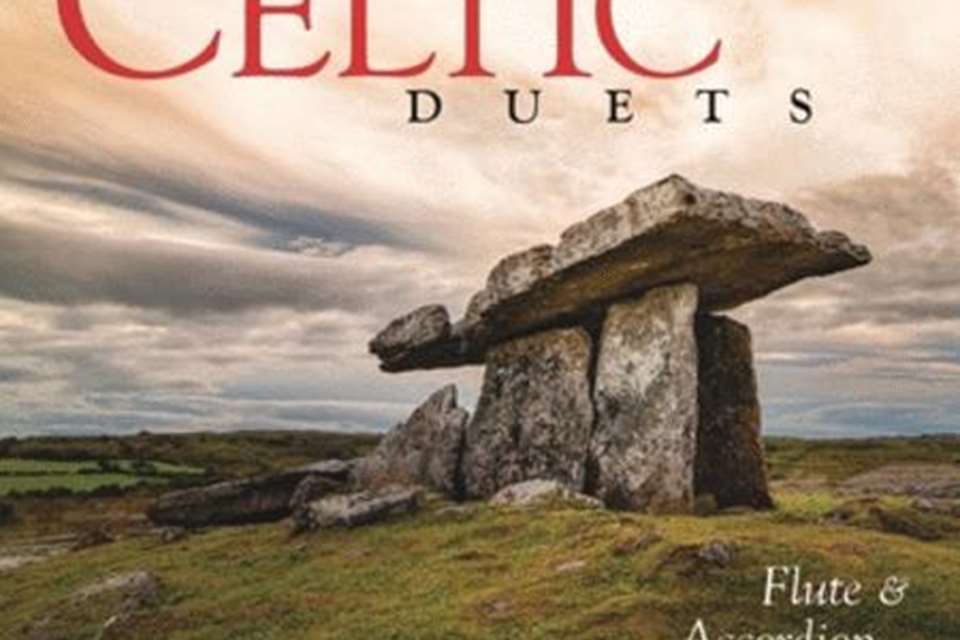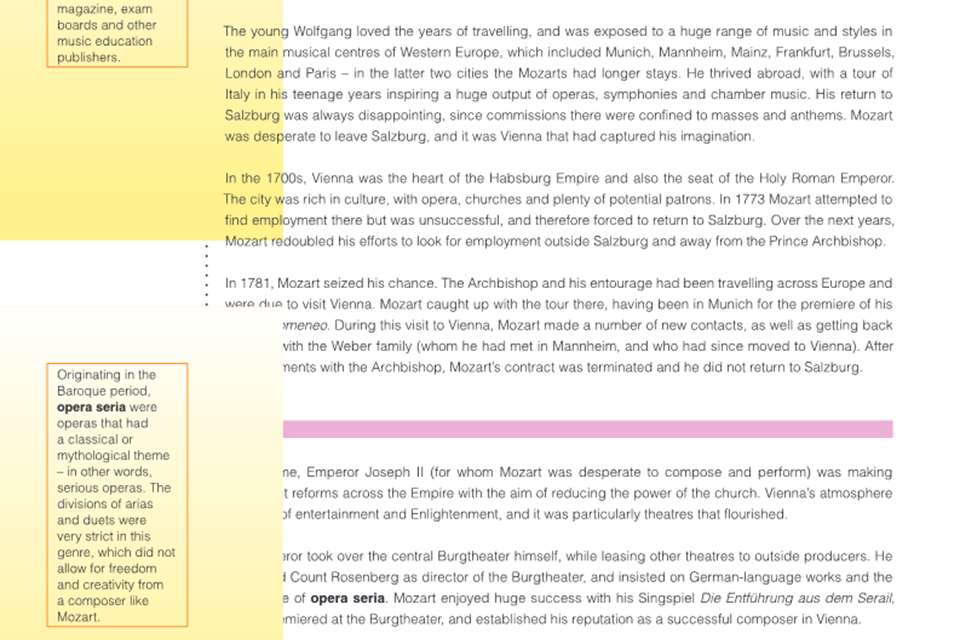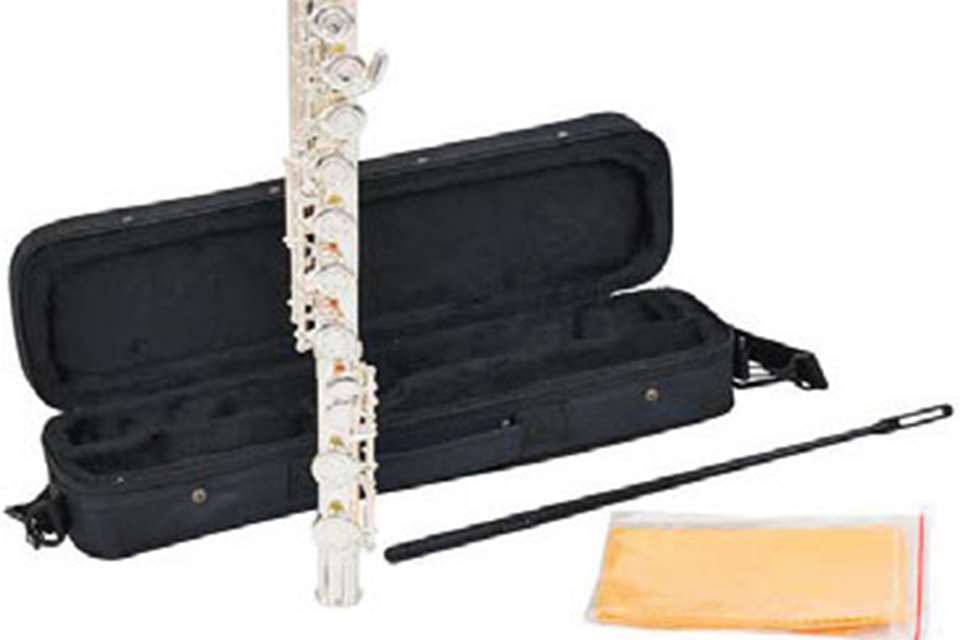Flute Sheet Music Reviews: A Little Book of British Birds (Flute Duets)
Clarissa Payne
Sunday, May 1, 2022
Clarissa Payne takes a look at Jason Carr's A Little Book of British Birds - a flute duet score published by Wonderful Winds.
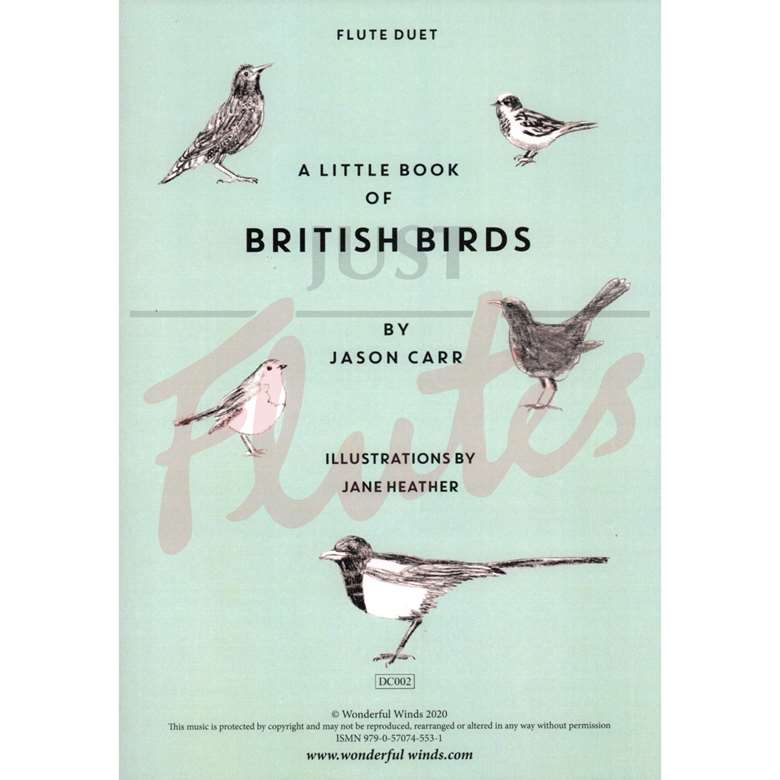
Since its founding in 2010, Wonderful Winds has published a huge array of compositions and arrangements for solo, duo and ensemble wind instruments. Owner Mel Orriss is a flautist, and flute teachers and players will find interesting repertoire at all levels in her catalogue. I like to start playing duets with my flute pupils as early on as possible to build their aural and rhythm skills and give them confidence in developing their tone – and it's fun of course!
Jason Carr's A Little Book of British Birds is written so that a new player with a range of an octave can play the Flute 1 part of the first few pieces, while their teacher or a more advanced player has a more elaborate line underneath. The book progresses in difficulty; the Flute 1 player would need to be about Grade 3 level to take on the final duets. Each piece captures the character of a different familiar bird: the magpie, the swift, the seagull and a fearless little duckling all make an appearance. Carr's aim isn't a Messiaen-style transcription of the birds’ actual song, but rather to paint a picture in sound. He's a musical theatre composer and knows how to write catchy, expressive melodies, even for beginners.
In ‘The Blackbird and the Snail’, Flute 1 is the snail while Flute 2 is the hungry blackbird. The top line is simple and legato while the lower part is staccato, with stops and starts. ‘The Pigeon Who Was Not Afraid of Cats’ gives the lower part a syncopated ostinato while the higher part takes on some larger intervals. ‘Cooing Doves’ gives the players a chance to work on lilting 6/8 rhythms, while ‘Swirling Swifts’ is a whirling waltz. ‘The Robin is the Early Bird’ has lots of cheeky imitations, with the two lines often moving in opposite directions and using contrasting articulation.
In ‘The Starling Samba’ the lower part drives the piece along with a repeated rhythm while the Flute 1 player holds a slower-changing melody above. The homophonic writing of ‘The Cockney Sparrow’ is an exception – most of the other duets have the two lines constantly moving apart and coming together, so it would make a good starting point for pupils less confident on rhythm. The trickiest for the top line player is probably ‘The Fearless Duckling’, with its brisk tempo, frequent accidentals, and range of articulation.


